“If history failed us, fiction will have to restore us.” – Shing Yin Khor, Afterword
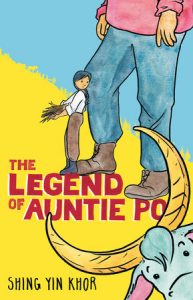
However, the plan somewhat backfires when, instead of battling against the mosquitos, the bumblebees interbreed with them, creating a terrifying new hybrid that can bite from both ends. As The Legend of Auntie Po demonstrates, the same is true of stories: even when they may originate from sources that are at ostensibly at odds with one another, they can nevertheless create hybrids that incorporate the bite of both conceptual donors.
Clear a space on your “Best Comics of 2021” list: The Legend of Auntie Po is just such a hybrid.
Early Romance
One element of The Legend of Auntie Po that spoke to me was the relationship between Bee and Mei. It is clear that the two young characters have some degree of mutual feelings for one another: not only are they affectionate with one another in their personal interactions, but one of the first scenes shows Bee gifting a hand-dedicated copy of Pride and Prejudice to Mei.
But what will the next chapter of their story be? The avenues that are available to Bee thanks to her privilege are not the same as those available to Mei. The Legend of Auntie Po excels because it does not pull any punches on this regard: we see the story available to Bee – one of marriage to a husband with the resources to support a prosperous life – and are forced to recognize that this story, with its conventional happy ending, is not one that is accessible to Mei (but to be fair, it seems unlikely that she would choose such an ending even if she could).
However, while Mei does not necessarily want the conventional happy ending that is available to Bee, the narrative demonstrates how this disparity in opportunity nevertheless creates a chasm between the two of them. Rather than force a convoluted and disingenuous resolution on this conflict, it remains essentially unresolved.
The honest portrayal of the issues that can arise within relationships in which the participants have vastly disparate degrees of privilege adds another fascinating layer to the narrative.
A New American Myth
Throughout The Legend of Auntie Po, the reader will find historical information about the Sierra Nevada logging encampments of the 1880s… however, because of the historically underrepresented perspective from the story is told, much of this nonfictional information is likely to be novel even if one has previously studied the time period.
This historical research is combined with a deep understanding of mythology, the role myths can play in our lives, and specifically, the Paul Bunyan myth.
The graphic novel never flinches away from the ugly historical realities, but it also carries a message of hope, suggesting that if we can keep the truth of the situation in mind, we can intentionally introduce new mythology that eradicates the shortcomings of the myths with which we have been saddled in the past.
This graphic novel offers just such a new myth.
The Legend of Auntie Po
The Legend of Auntie Po is a story filled with beauty, pain, and truth; one that balances romance and United States history in equal measure.
At a time when we need hopeful stories more than ever, The Legend of Auntie Po goes above and beyond.
The Legend of Auntie Po is available beginning today at your local bookstore or public library.



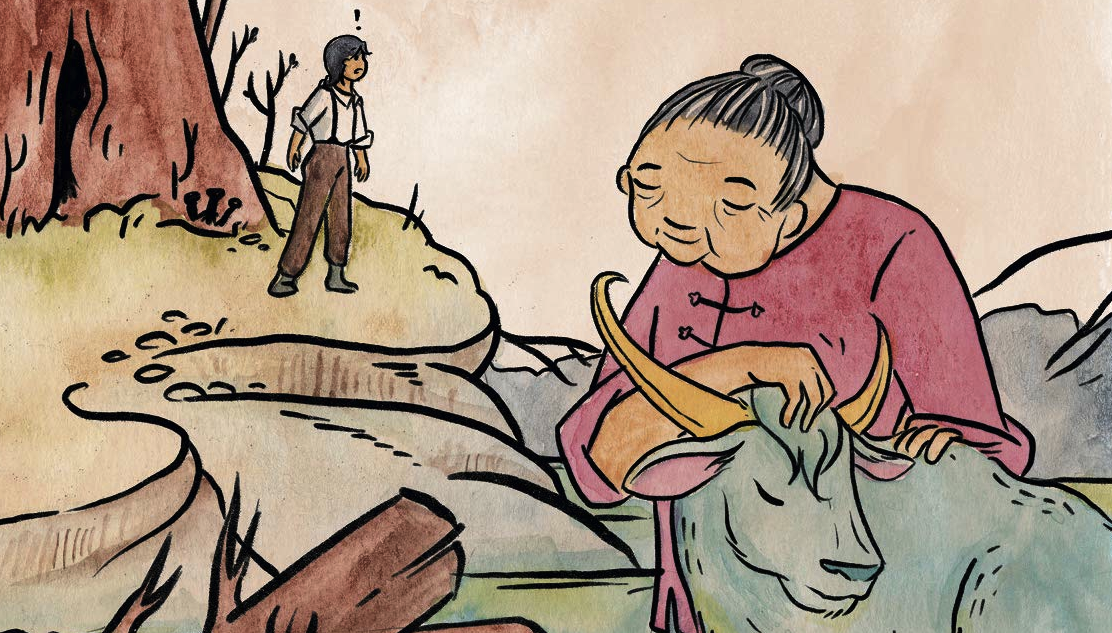
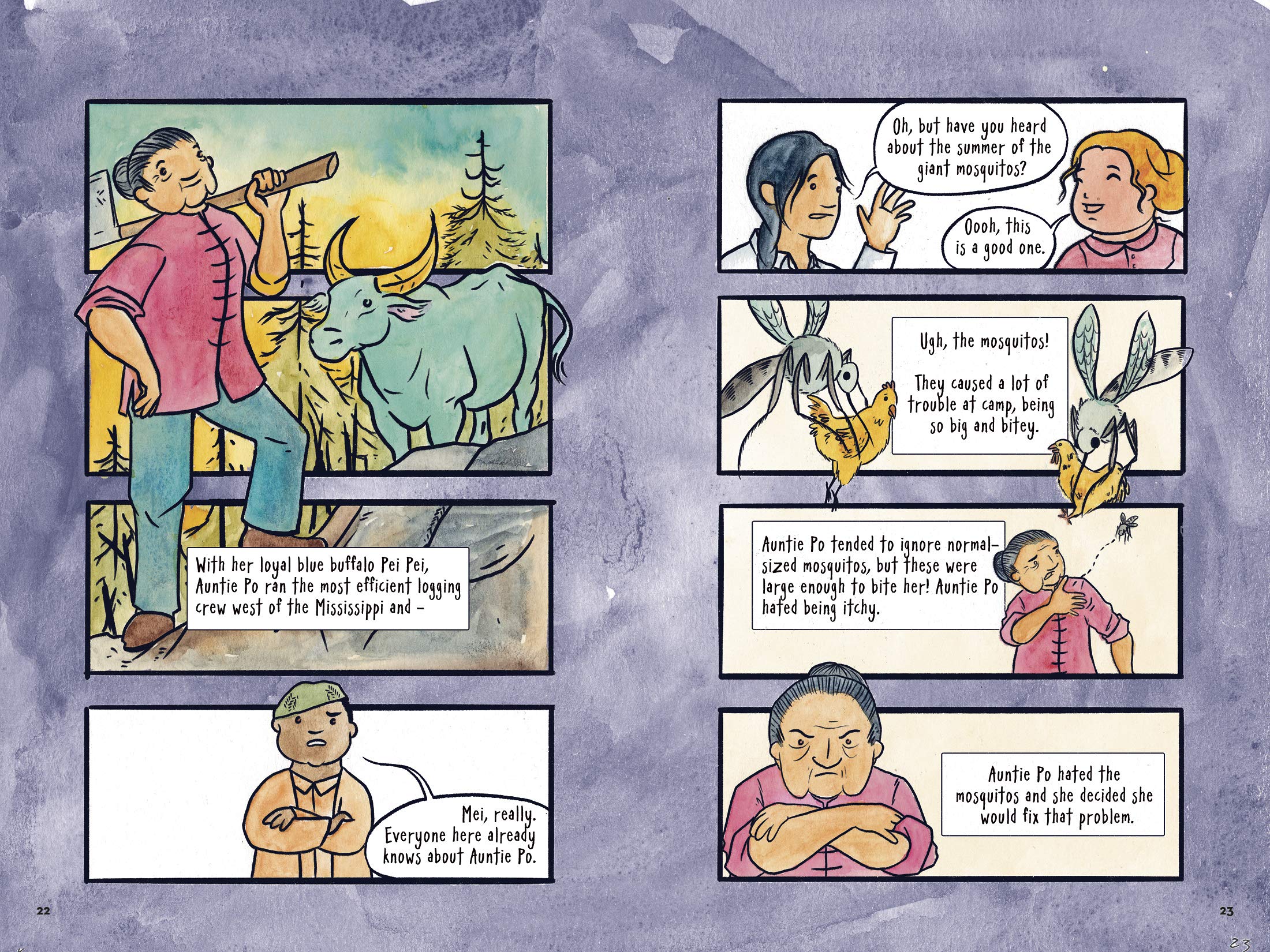
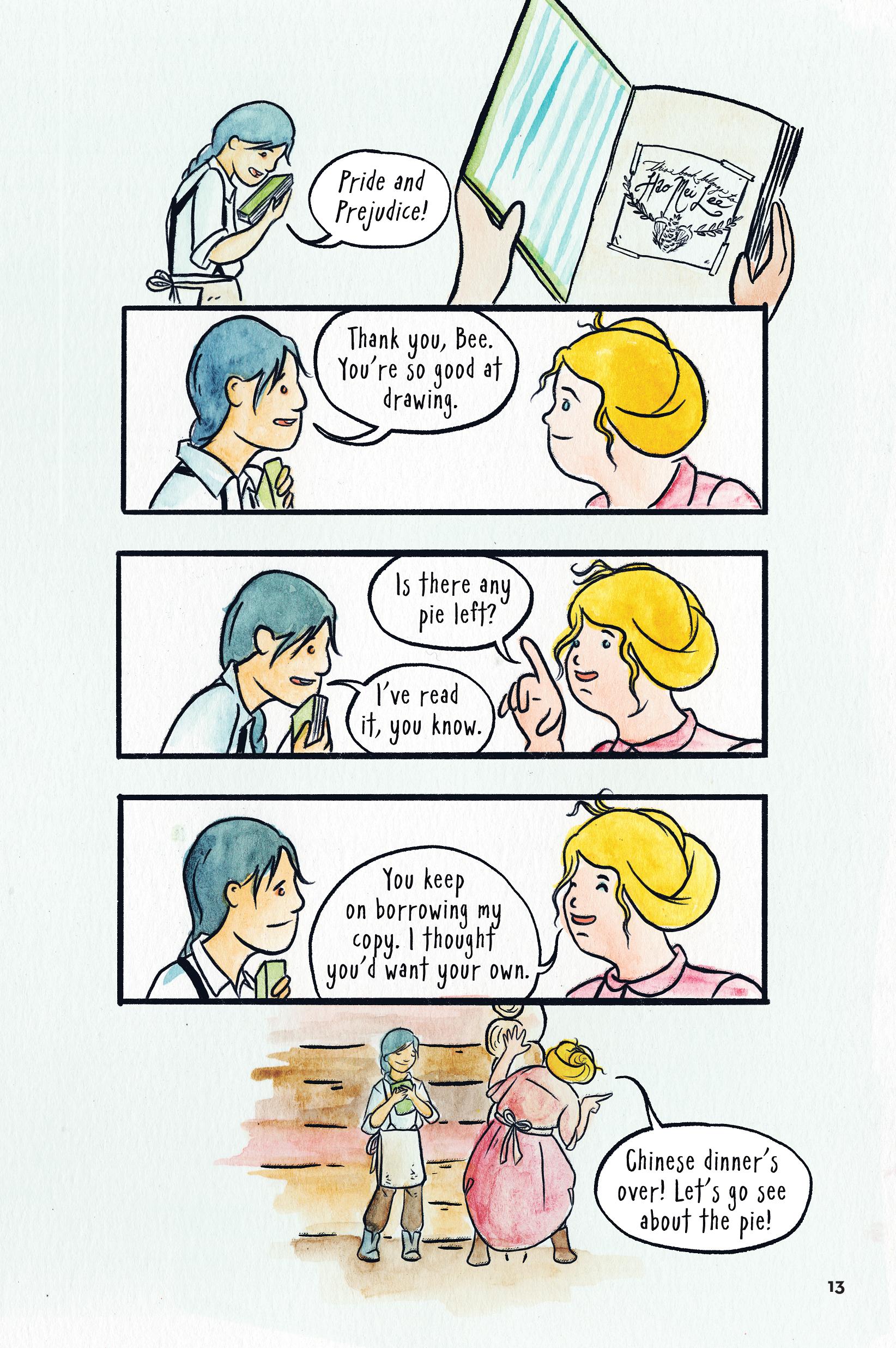
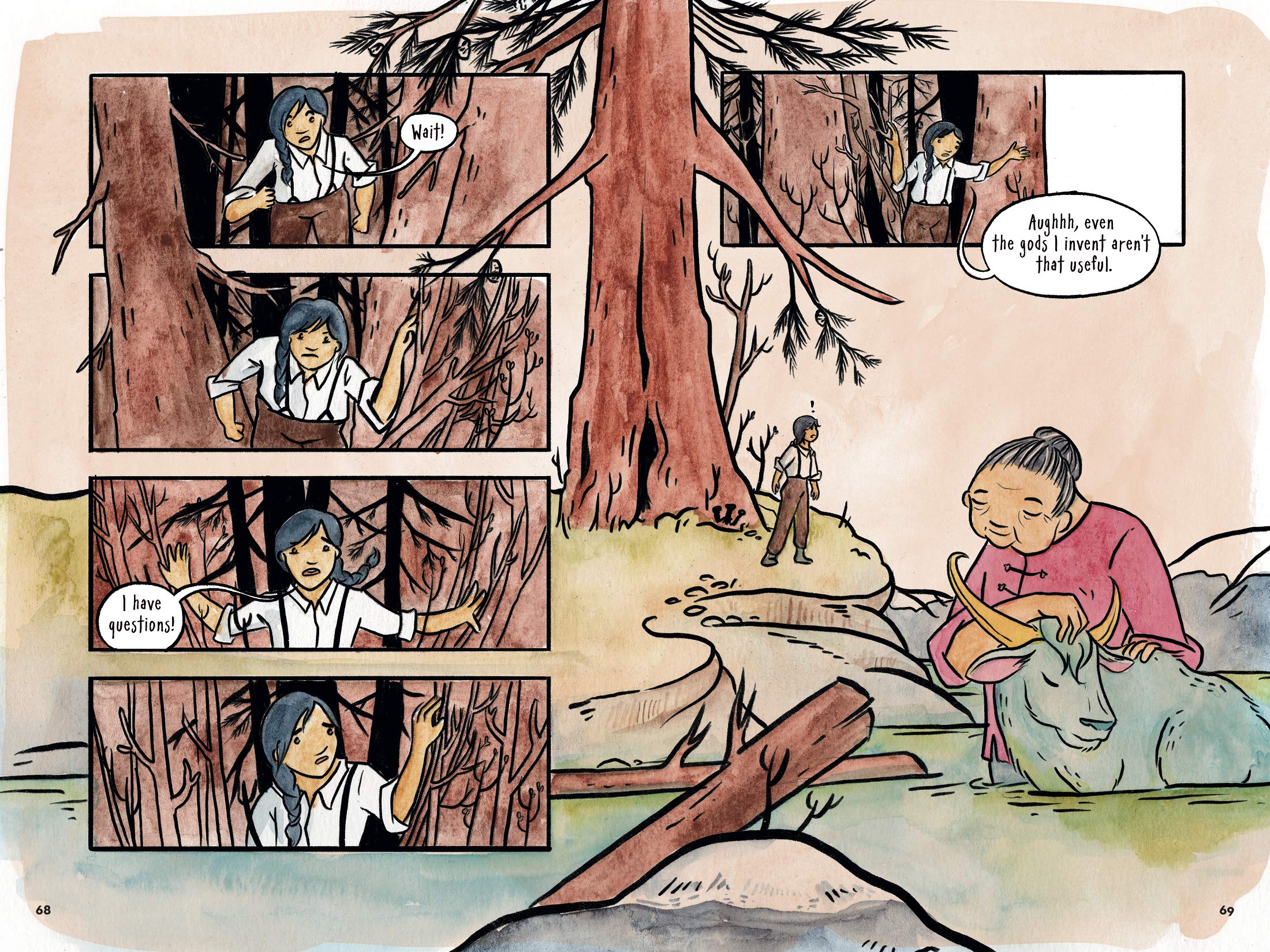
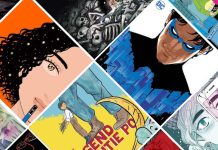
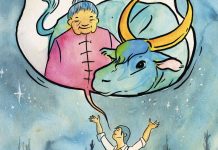



the story is pretty good. thank you for sharing
Comments are closed.